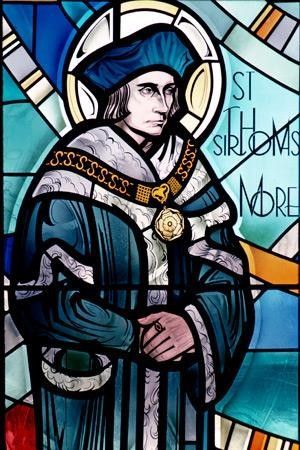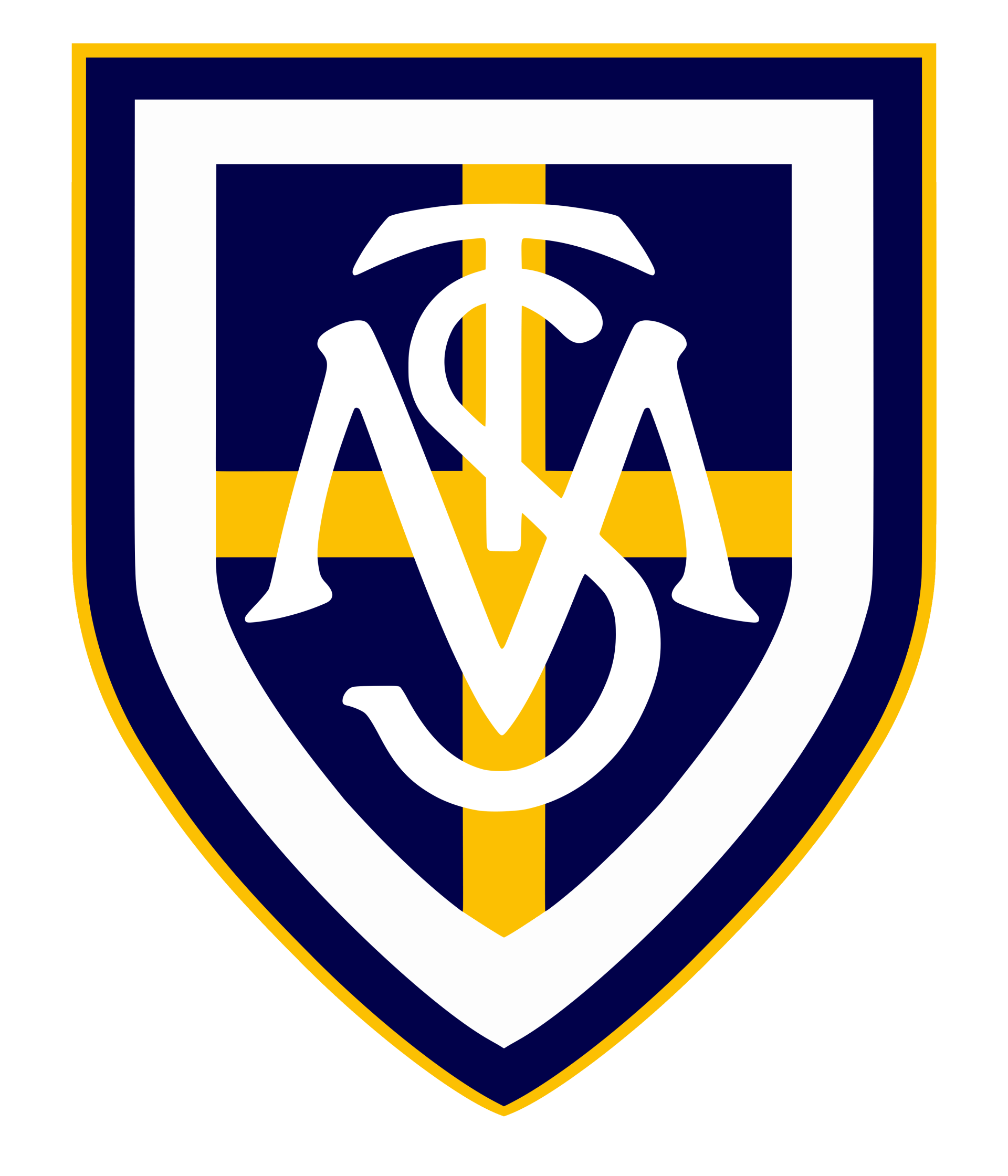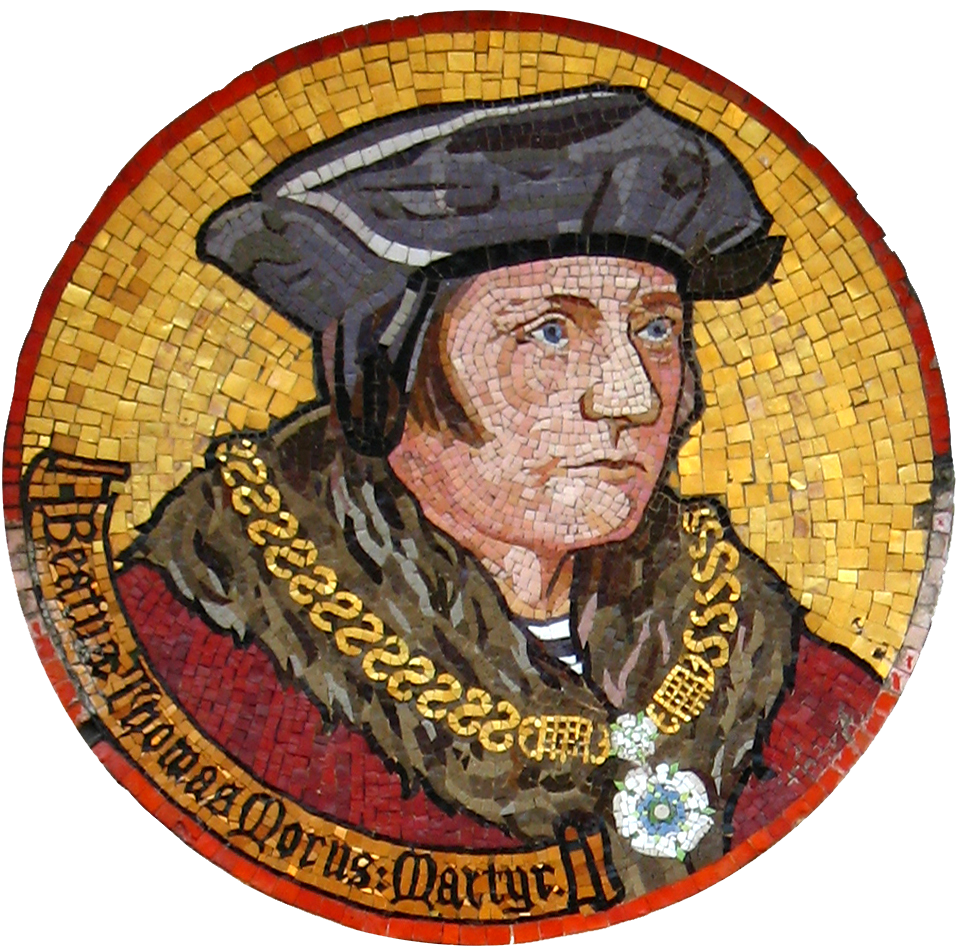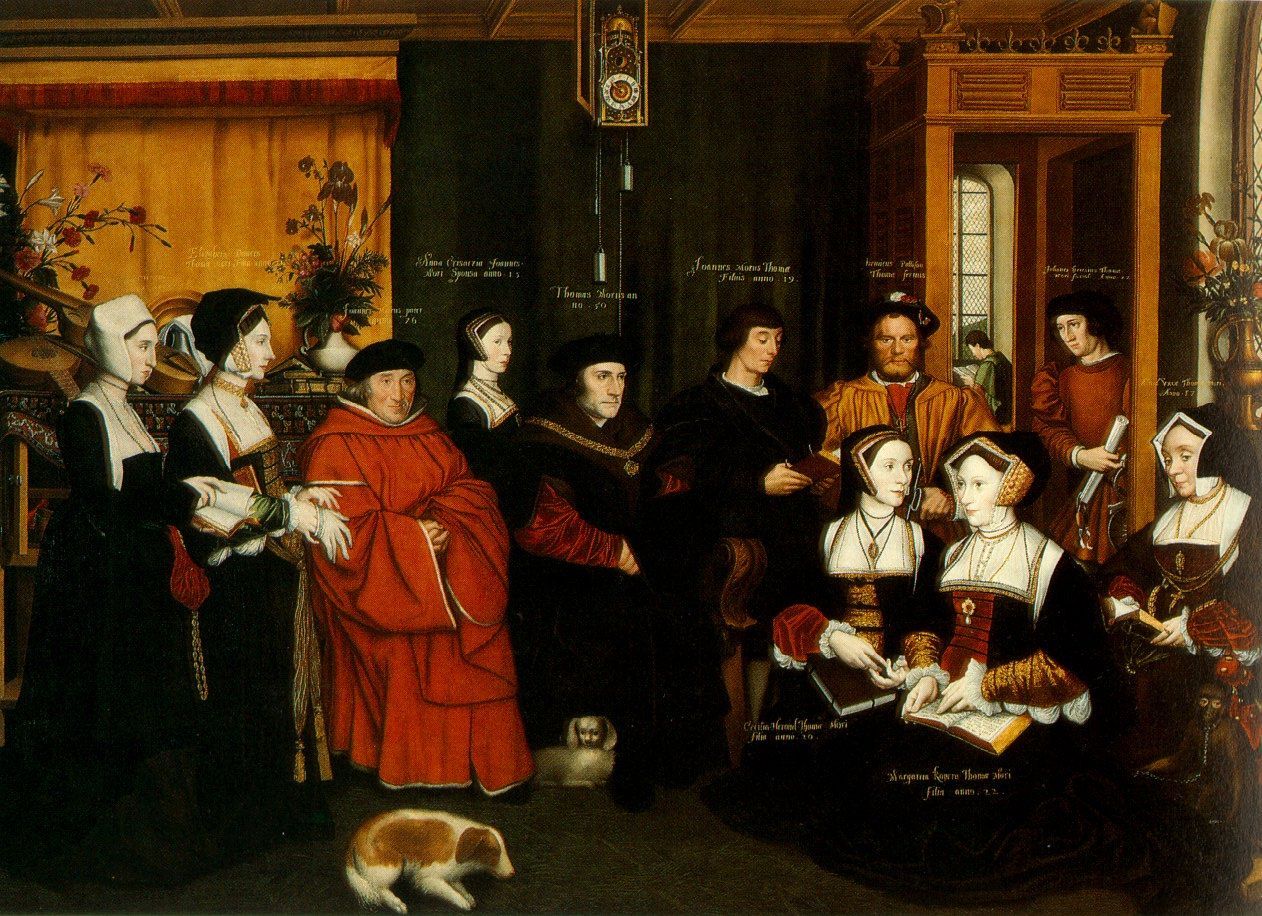Our Catholic Life
The Life of St Thomas More
Early Life and Education
- Birth and family: Thomas More was born in London on February 7, 1478. His father, John More, was a successful lawyer and later a judge. He was the second of six children, and the only surviving son.
- Education: He received a good education, first at St. Anthony's School which was considered one of the best in London at the time. From 1490 to 1492, he worked as a page in the household of John Morton, Archbishop of Canterbury, who predicted he would become a "marvellous man". John Morton encouraged Thomas More's interest in learning and helped him attend Oxford University in 1492 where he studied Latin and Greek.
- Early career: After two years at Oxford, Thomas More's father insisted he pursue law in London. He initially studied at New Inn and then Lincoln's Inn, qualifying as a lawyer by 1502. Although he became a successful lawyer and later a statesman, he had at first considered becoming a monk as he admired the piety of the monks in the nearby Carthusian monastery.
Family Life
St. Thomas More was a devoted husband and father, known for his commitment to family life, education, and faith, which was unusual for a busy public servant in the 16th century.
- First Marriage: In 1505, he married Jane Colt, and they had four children: Margaret, Elizabeth, Cecily, and John. Jane died prematurely in 1511.
- Second Marriage: Within a month of Jane's death, Thomas More married the widow Alice Middleton to provide a mother for his young children. He adopted Alice's daughter from her previous marriage, also named Alice. They had no biological children together but raised their family happily.
- Extended Family: More's household in Chelsea also included his elderly father, two orphaned young girls, in-laws, and various guests and servants. The painting by Hans Holbein the Younger shows the large extended family.
Career
- Lawyer and Judge: Thomas More began his career as a successful lawyer at Lincoln's Inn. He then earned a reputation as an impartial judge and a "general patron of the poor" while serving as one of the two undersheriffs of London from 1510 to 1518.
- Author and Scholar: A noted Renaissance humanist and scholar, he wrote extensively, with his most famous work being Utopia (published in 1516), which describes a fictional island society governed by reason.
- Statesman and Royal Advisor: Thomas More entered Parliament in 1504 and quickly rose in prominence. He became a trusted advisor to King Henry VIII, serving as the King's secretary, interpreter, and diplomat. He was knighted in 1521, elected Speaker of the House of Commons in 1523, and became Chancellor of the Duchy of Lancaster in 1525.
- Lord Chancellor: In 1529, More reached the pinnacle of his career when he succeeded Cardinal Wolsey as Lord Chancellor of England, the highest legal office in the land.
Conflict with King Henry VIII
- Religious and political disagreement: Thomas More remained a staunch supporter of the Pope and the Catholic Church, even as Henry VIII sought to create the Church of England to secure a divorce.
- Resignation and opposition: As Lord Chancellor, he became increasingly unable to support Henry's religious changes, leading him to resign his position in 1532. He continued quiet opposition to the king's new marriage.
- Oath of Succession: The final break occurred in 1534 when he refused to take the Oath of Succession, which required him to reject the Pope, to recognize the annulment of Henry's first marriage and to accept Anne Boleyn as the new queen.
- Arrest and execution: Thomas More's refusal to swear the oath led to his arrest and imprisonment in the Tower of London. He was tried for treason and executed on July 6, 1535. While on the scaffold he declared that he was dying as "the king's good servant, and God's first."

Legacy
The steadfastness and courage with which Thomas More maintained his religious convictions, and his dignity during his imprisonment, trial, and execution, contributed much to his reputation after his death. He represents integrity and the importance of standing by beliefs and principles, even in the face of severe consequences. His devotion to the Catholic Church made him a symbol of resistance against tyranny and a martyr for his faith.
He was beatified on 29 December 1886, in Florence, Italy by Pope Leo XIII, and canonized as a saint by the Catholic Church on 19 May 1935, in Vatican City by Pope Pius XI.
The feast day for St Thomas More is June 22nd, which he shares with St John Fisher who was also executed for his resistance to King Henry VIII's break from the Catholic Church.
St Thomas More is now is the patron saint of many schools and organizations.


